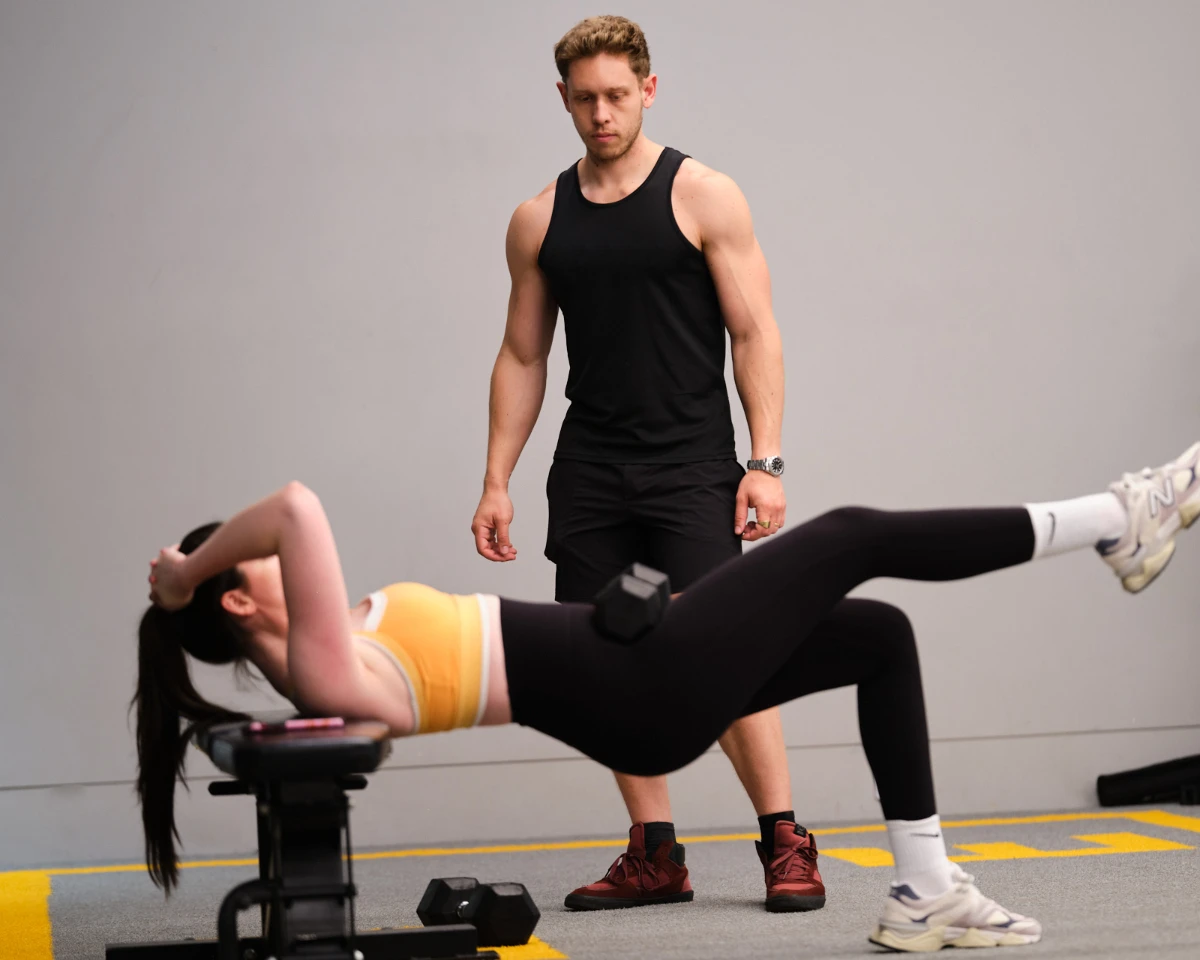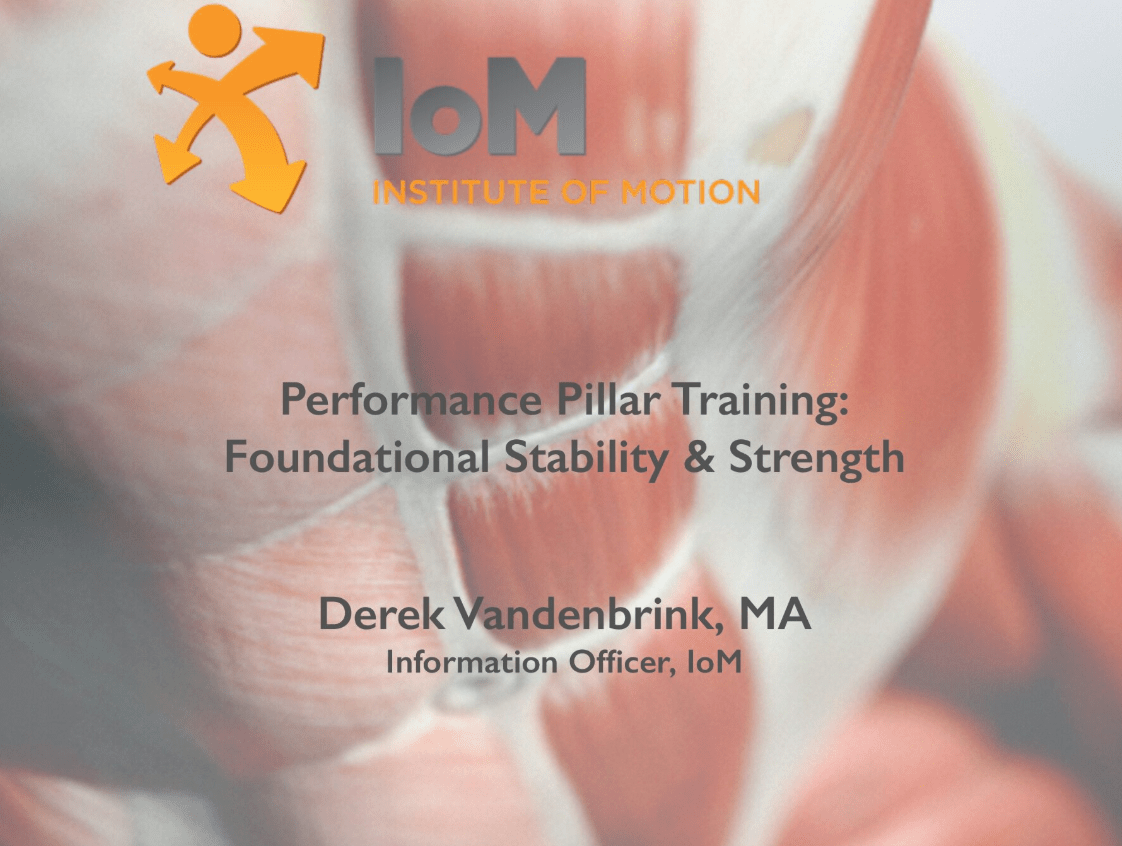Getting your business structure right is one of the most important decisions you will need to make as an owner of a fitness business.

In this second instalment of Network’s ongoing ‘Legally fit’ series, we take a look at the considerations when deciding what sort of structure should be used for your fitness business, for operational, liability, asset protection, succession, taxation and related issues. To read previous articles in this series search ‘Legally fit’ here.
There are four main business structures, each with its own pros and cons. These are: sole trader, partnership, company and trust. Just as the best exercise program for one client won’t be the best for another, your business structure should also be tailored to your particular fitness enterprise – although that doesn’t necessarily mean you can’t change your structure as your business evolves.
However, unlike the need to regularly change your exercise program, changing your structure could potentially have some very significant adverse issues (e.g. taxation, costs). As far as is possible, therefore, it is better to tailor your structure to your specific business goals at the outset (or to consider changing your structure as soon as your current structure is deemed unsuitable). Figure 1, below, shows some pros and cons of the various structures.
Questions to ask when selecting a structure include: are you going into business with someone else? Might you bring in a business partner/investor in the future? How will your business derive income? Do you plan on having employees or building a fitness business to expand, franchise or sell?
Sole trader
A sole trader structure is used when an individual trades under his or her own name, or under a business name.
(The next article in this series will address how to protect your business name and also ensure you do not breach someone else’s rights in a name, as registering a business name (or company) alone gives you absolutely no rights to that name.)
A sole trader is possibly the best structure for a personal trainer who has appropriate insurance, doesn’t go outside the scope of his or her fitness qualifications and doesn’t intend to hire employees or expand the business beyond his or her own training sessions. The biggest disadvantages of this structure are unlimited personal liability and its lack of some of the benefits of the other structures if the business or income sources expand.
Partnership
A partnership is when two or more persons (or entities) carry on business together with a view to profit.
It can be great to share the load and reap the benefits with another person, but this is potentially the riskiest structure as you could ultimately be liable for all the debts and obligations of the business – even if you didn’t know about them! If this structure is used, an appropriate partnership agreement should be put into place and steps taken to protect your personal assets (such as your house).
Company
A company has a separate legal existence from its owner (i.e. shareholder), provides some limitation on personal liability and can have some tax advantages if the income is not derived from just the personal efforts of the owner.
However, unless you intend to become a publicly listed or traded entity, there are not many benefits that a company can provide that a trust (which has additional benefits) can’t.
Trust
A trust can take the form of what is commonly known as a ‘family’ or ‘discretionary’ trust or a ‘unit trust’ (or a combination of both).
A trust, if properly set up, provides limited liability and can offer greater flexibility in distributing income to a range of family members (and other persons and entities) than the other structures.
It used to be said that a trust was significantly more expensive to establish and operate than a company or partnership, but today that is not necessarily the case when you take into account some of the potential additional benefits that a trust may provide.
Any questions?
If you have a legal question about running a fitness business, email
editor@fitnessnetwork.com.au and your question may be addressed in the next issue.
This article has provided a general outline of some of the issues to consider in selecting a business structure. However, before choosing a structure, professional legal and accounting advice should be obtained so that the most appropriate structure can be established which suits your individual needs and goals.

1. With recommended partnership agreement and shielding of personal assets
2. Unless partnership of companies/trusts, but company/trust may still be potentially liable for all the debts and obligations of the partnership
3. New structure would be required
4. But new partnership agreement required
5. But does have small business CGT concessions
6. Unless partnership of companies/trusts
Leon Ponte, Juris Doctor (Law) is a founding principal of Ponte Earle – Business Lawyers for Business® and is in a select group of approximately only 110 lawyers accredited as specialists in business law by the Law Institute of Victoria. He has a strong personal interest in the fitness industry, holding Certificates III and IV, and has provided advice to fitness facilities, personal trainers and suppliers to the industry. ponteearle.com.au



